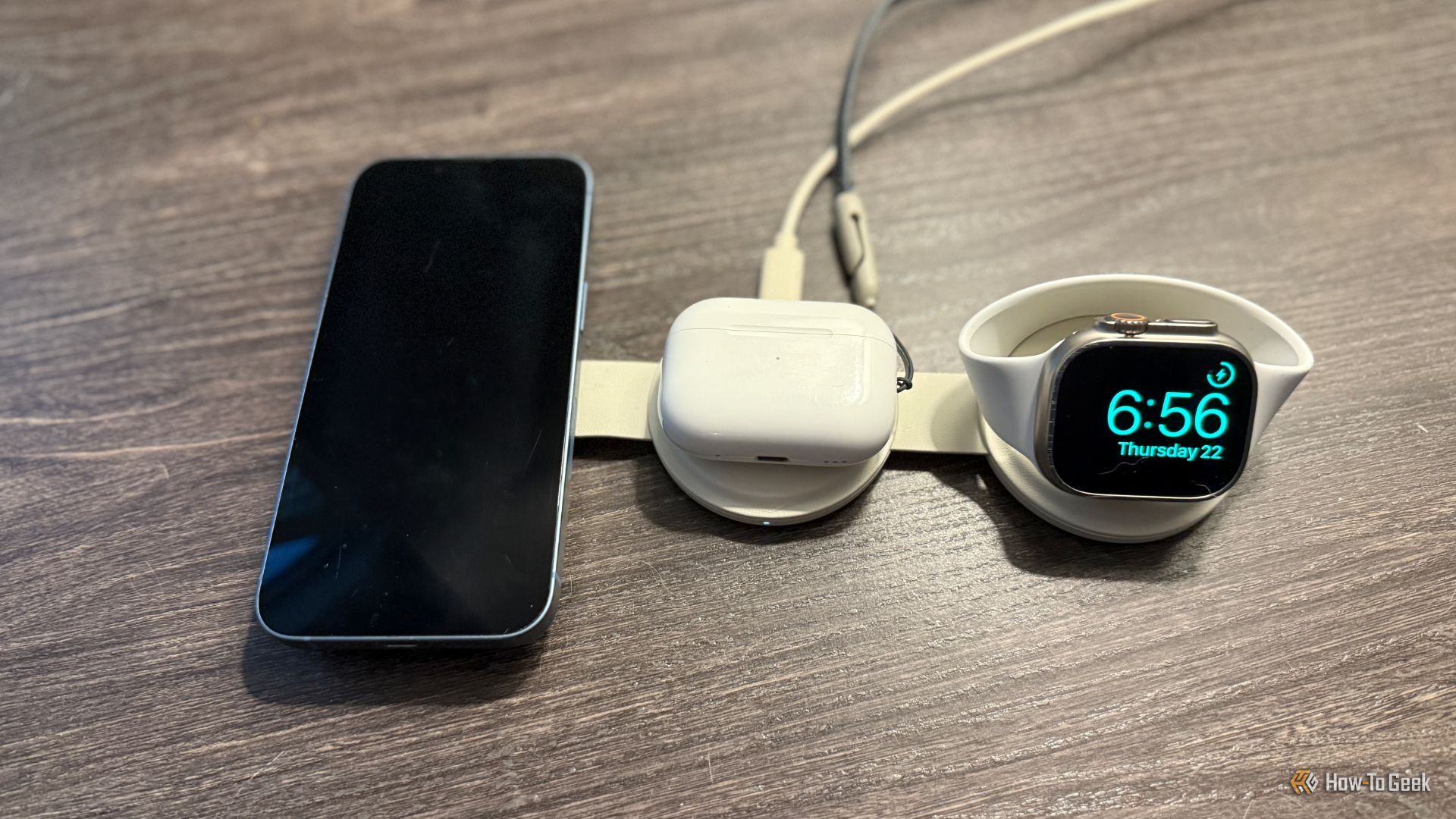How to Check for Viruses on Windows 11

Viruses and malware constantly threaten Windows 11 PCs, potentially compromising your data and system performance. This guide provides straightforward steps to detect and remove these threats, ensuring your computer’s security and optimal function.
We’ll cover using Windows Security for virus scans, identifying suspicious processes and programs, using third-party antivirus tools, removing detected viruses, and preventing future infections. Follow these methods to effectively safeguard your Windows 11 system against malicious software.
What are the signs of a virus infection?
Before checking for viruses on Windows 11, recognizing the signs of a potential virus infection is the first step. Common indicators include:
- Slow performance: Applications take longer to open, and the system is generally sluggish.
- Frequent crashes: The computer crashes or freezes unexpectedly.
- Unexpected pop-ups: Unwanted advertisements or system messages appear frequently.
- Unknown programs: Applications you didn’t install show up on your system.
- Excessive hard drive activity: The hard drive runs continuously, even when you’re not using the computer.
- Unusual network activity: High network activity levels when you’re not online.
If you notice any of these signs, it’s time to check your system for viruses.
How to check for viruses on Windows 11
Below, we explain how to check for viruses on Windows 11.
1. Use Windows Security (built-in antivirus)
Windows 11 comes with Windows Security (formerly Windows Defender), which provides robust real-time protection against malware.
- Access Windows Security:
- Click on the Start menu and select Settings.
- Navigate to Privacy & Security > Windows Security.
- Alternatively, type “Windows Security” in the search bar and open the app.
- Run a quick scan:
- In Windows Security, select Virus & Threat Protection.
- Click Quick Scan to perform a basic check of areas where threats are commonly found.
- Run a full scan:
- For a more comprehensive scan or to schedule a virus scan, click on Scan options.
- Select Full Scan and click Scan Now.
- This process may take some time, but it will thoroughly check all files and running programs.
2. Use Task Manager to identify suspicious processes
- Open task manager:
- Press Ctrl + Shift + Esc simultaneously.
- Alternatively, right-click on the Taskbar and select Task Manager.
- Review processes:
- Click on the Processes tab.
- Look for any unfamiliar applications or processes using high CPU, memory, or disk resources.
- Right-click on any suspicious process and select Search Online to get more information.
3. Check installed programs
- Access installed programs:
- Open the Control Panel.
- Navigate to Programs > Programs and Features.
- Review the list:
- Scroll through the list of installed programs.
- Uninstall any applications you don’t recognize or that were installed without your knowledge by selecting them and clicking Uninstall.
4. Monitor network activity
- Use Resource Monitor:
- Type “Resource Monitor” in the Windows search bar and open the app.
- Click on the Network tab.
- Analyze activity:
- Look for processes with unusually high network activity.
- Investigate any unfamiliar programs connecting to the internet.
5. Use third-party antivirus software
While Windows Security is effective, additional tools can provide extra layers of protection.
- Choose reputable software:
- Check out our guide to the best Windows 11 antivirus programs to bolster the limited protection offered by Windows.
- Download any apps from official websites to ensure authenticity.
- Perform a deep scan:
- Install the antivirus software and update it to the latest virus definitions.
- Run a full system scan to detect and remove any malware.
How to remove viruses from Windows 11
If malware is detected, follow these steps to remove it:
1. Enter safe mode
Starting your computer in Safe Mode ensures only essential system programs and services run.
- Restart in Safe Mode:
- Click on the Start menu, select the power icon, hold Shift, and click Restart.
- Upon reboot, select Troubleshoot > Advanced options > Startup Settings > Restart.
- After restarting, press 4 or F4 to start in safe mode.
2. Run a full system scan in safe mode
- Use antivirus software:
- Open your antivirus program.
- Perform a full system scan to detect and remove viruses hidden during normal operation.
3. Delete temporary files
Removing temporary files and clearing your cookies can eliminate malware residing in these folders.
- Use Disk Cleanup:
- Type “Disk Cleanup” in the search bar and open the utility.
- Select your system drive (usually C:).
- Check Temporary files and any other desired categories.
- Click OK to delete the files.
4. Uninstall suspicious programs
- Remove Unwanted Software:
- In Safe Mode, access Programs and Features via the Control Panel.
- Uninstall any unrecognized or suspicious programs.
5. Update Windows and Applications
- Install Updates:
- Go to Settings > Windows Update.
- Click Check for updates and install any available updates.
- Update all installed applications to their latest versions.
6. Reset browser settings
Malware often alters browser settings to redirect you to malicious sites.
- Reset Browsers:
- For Microsoft Edge:
- Open Edge, click on the three dots (…) in the upper-right corner, and select Settings.
- Navigate to Reset settings and click Restore settings to their default values.
- Repeat similar steps for other browsers like Chrome or Firefox.
- For Microsoft Edge:
How to prevent future virus infections
Proactive measures can significantly reduce the risk of future infections.
Install and update antivirus software
- Regular Updates: Ensure your antivirus software is always up to date to protect against the latest threats.
Keep Your system updated
- Automatic Updates:
- Enable automatic updates for Windows and your applications.
- Regularly check for updates and install them manually if needed.
Exercise caution with emails and downloads
- Email vigilance:
- Do not open email attachments or click on links from unknown senders.
- Be wary of phishing scams that mimic legitimate organizations.
- Safe downloads:
- Only download software from official and trusted websites.
- Avoid peer-to-peer sharing networks that may distribute infected files.
Use a firewall
- Enable firewall protection:
- Ensure the Windows Firewall is active.
- Go to Windows Security > Firewall & Network Protection to verify.
Regular backups
- Protect your data:
- Regularly back up important files using external drives or use data recovery software.
- This ensures you can recover your data if it’s lost on your local drive.
Practice safe browsing
- Avoid suspicious websites:
- Do not visit websites that offer torrents with pirated content or seem untrustworthy.
- Look for the padlock icon in the address bar to confirm secure connections.
Use strong, unique passwords
- Password management:
- Create complex passwords combining letters, numbers, and symbols.
- Consider using a reputable password manager to keep track of them.
- Two-Factor Authentication (2FA):
- Enable 2FA wherever possible to add an extra layer of security to your accounts.
Related:
FAQs
Can Windows 11 protect itself against viruses?
Yes, Windows 11 includes Windows Security, which offers real-time protection against various threats. However, combining it with safe computing practices enhances your security.
Is third-party antivirus software necessary?
While Windows Security is robust, additional antivirus software can provide extra features and layers of protection, such as advanced ransomware shields and secure browsing tools.
How often should I scan my computer for viruses?
It’s recommended that a quick scan be performed weekly and a full system scan be performed monthly. Adjust the frequency based on your usage patterns and exposure to potential threats.
What should I do if a virus can’t be removed?
If standard removal methods fail:
- Use a bootable antivirus tool: Some antivirus providers offer bootable tools that can scan your system outside Windows.
- Seek professional help: Consider consulting a cybersecurity professional.
Backup and reinstall: As a last resort, back up essential data and perform a clean installation of Windows.
Source link











